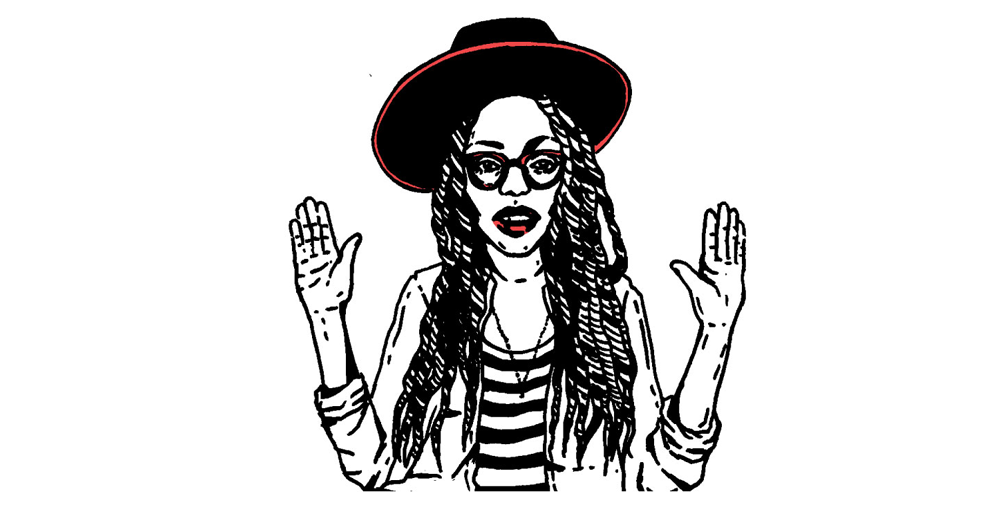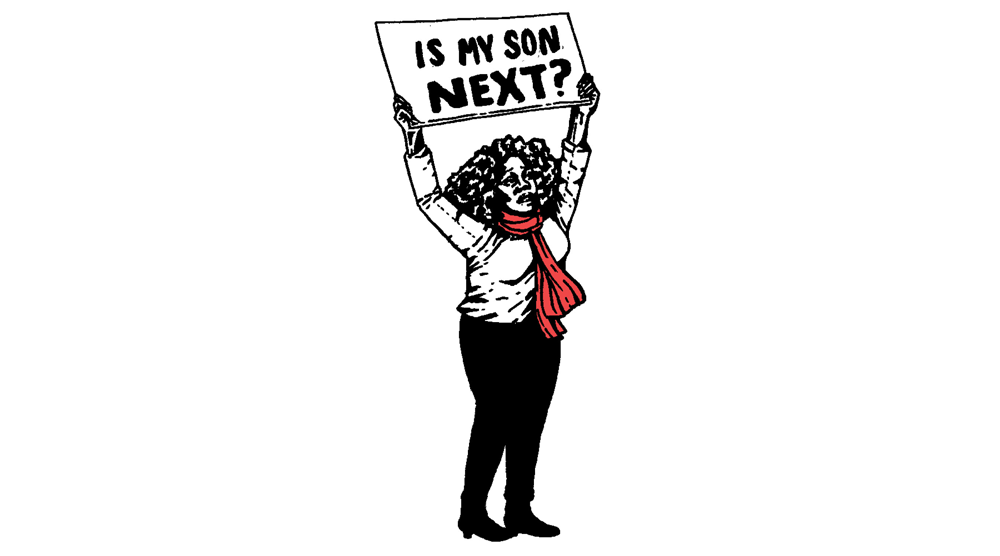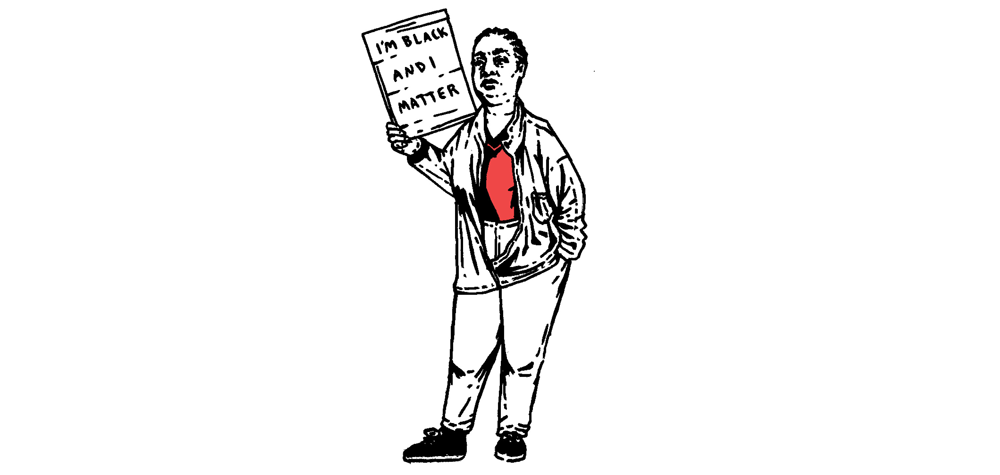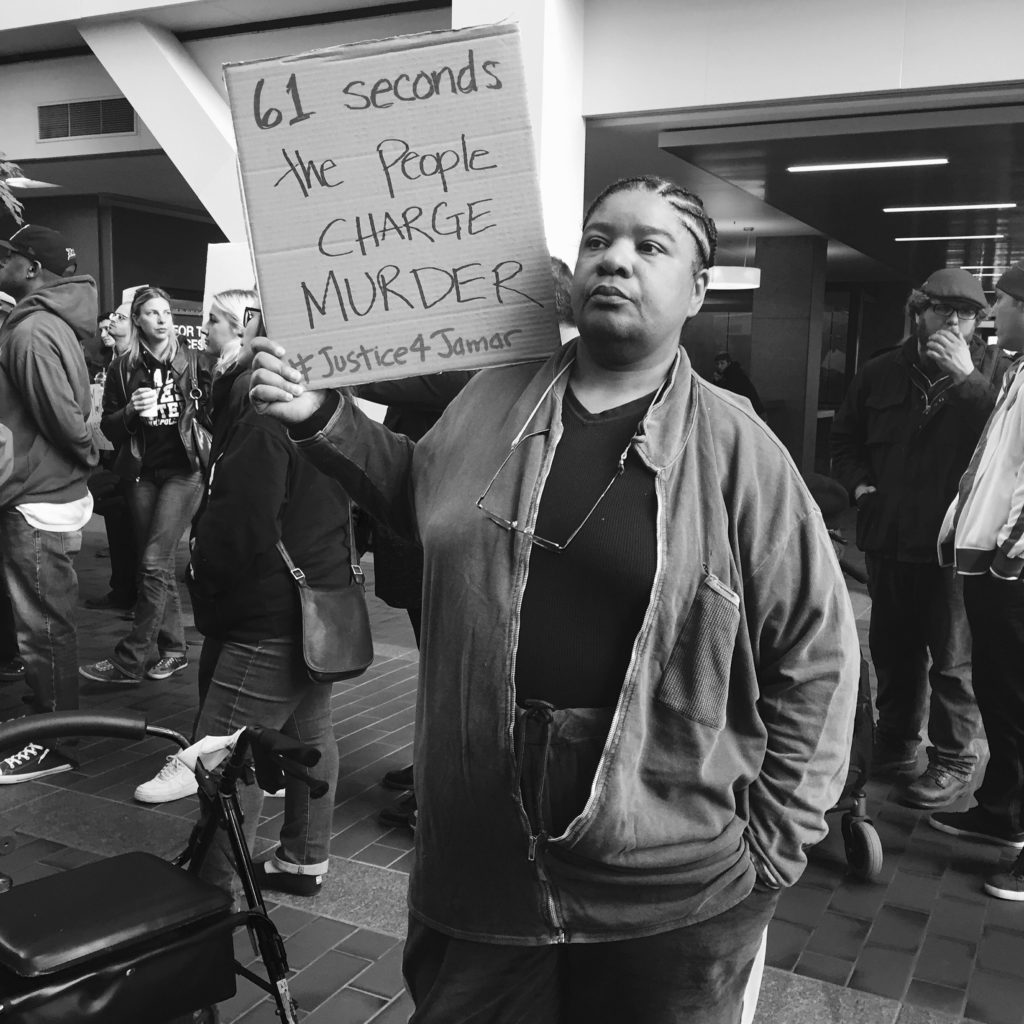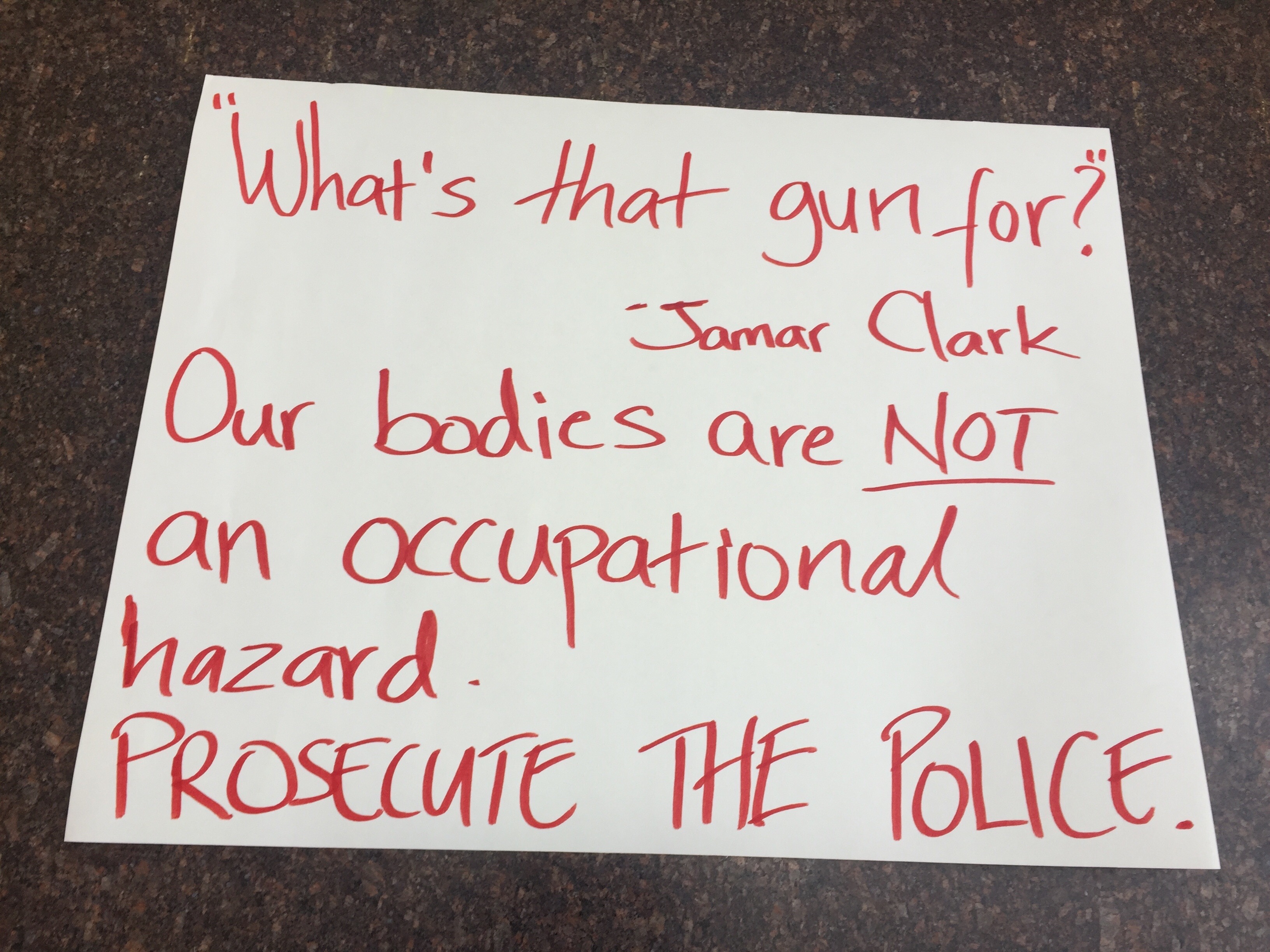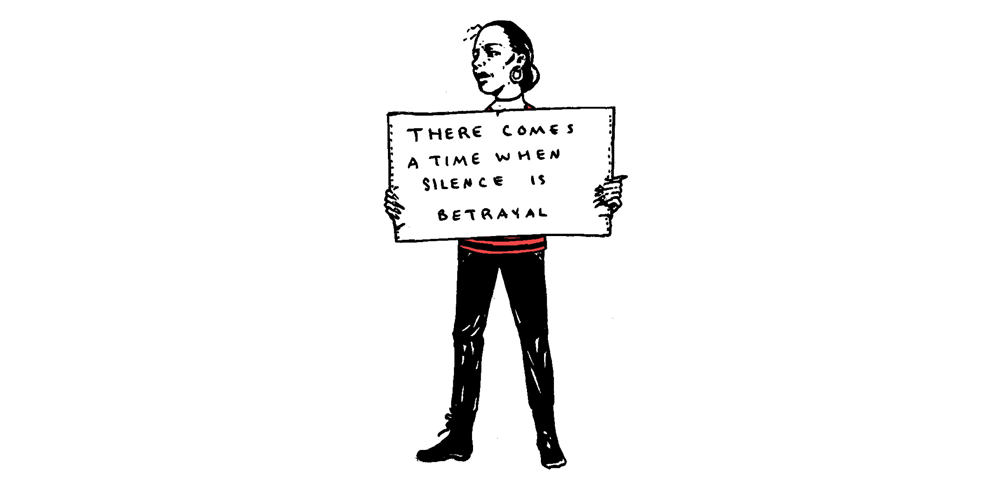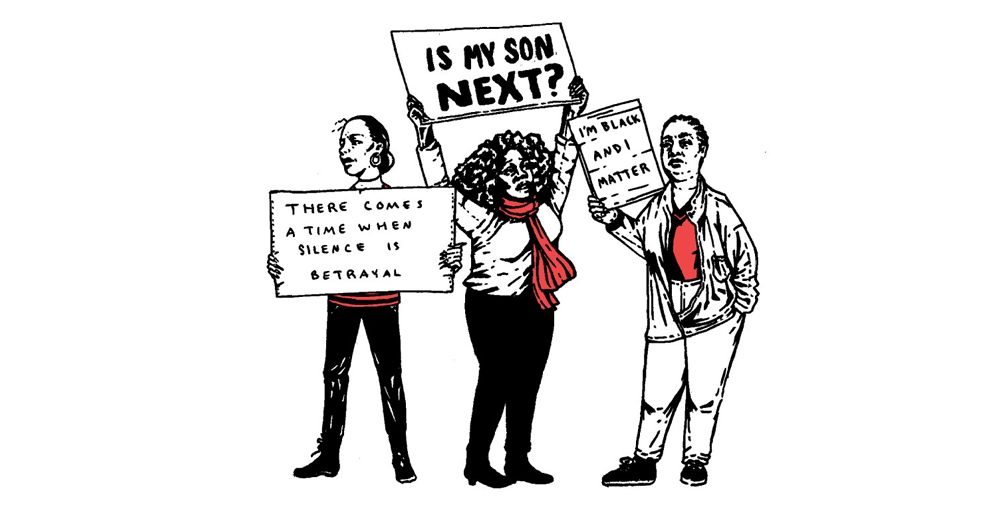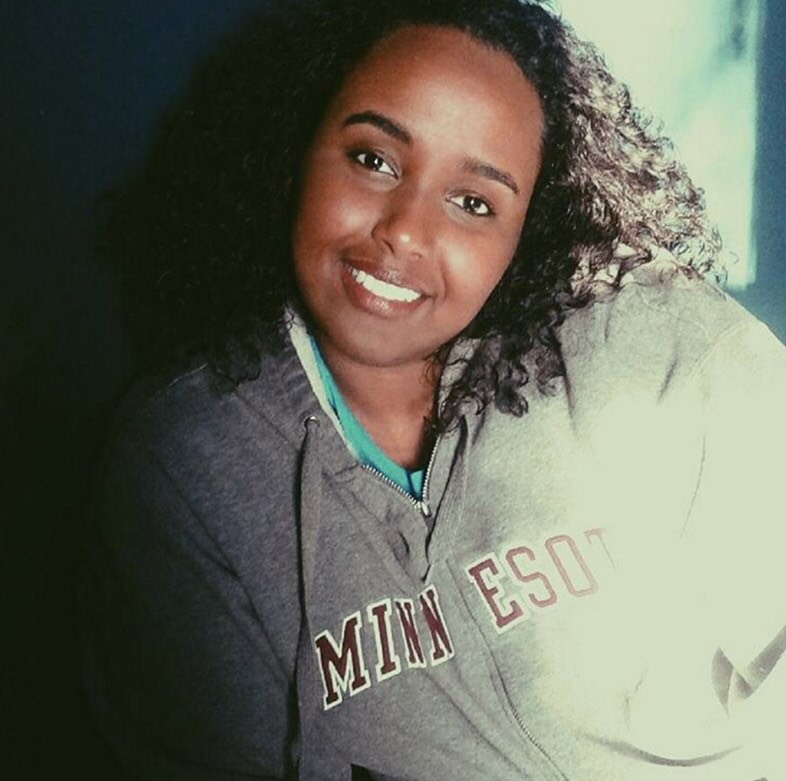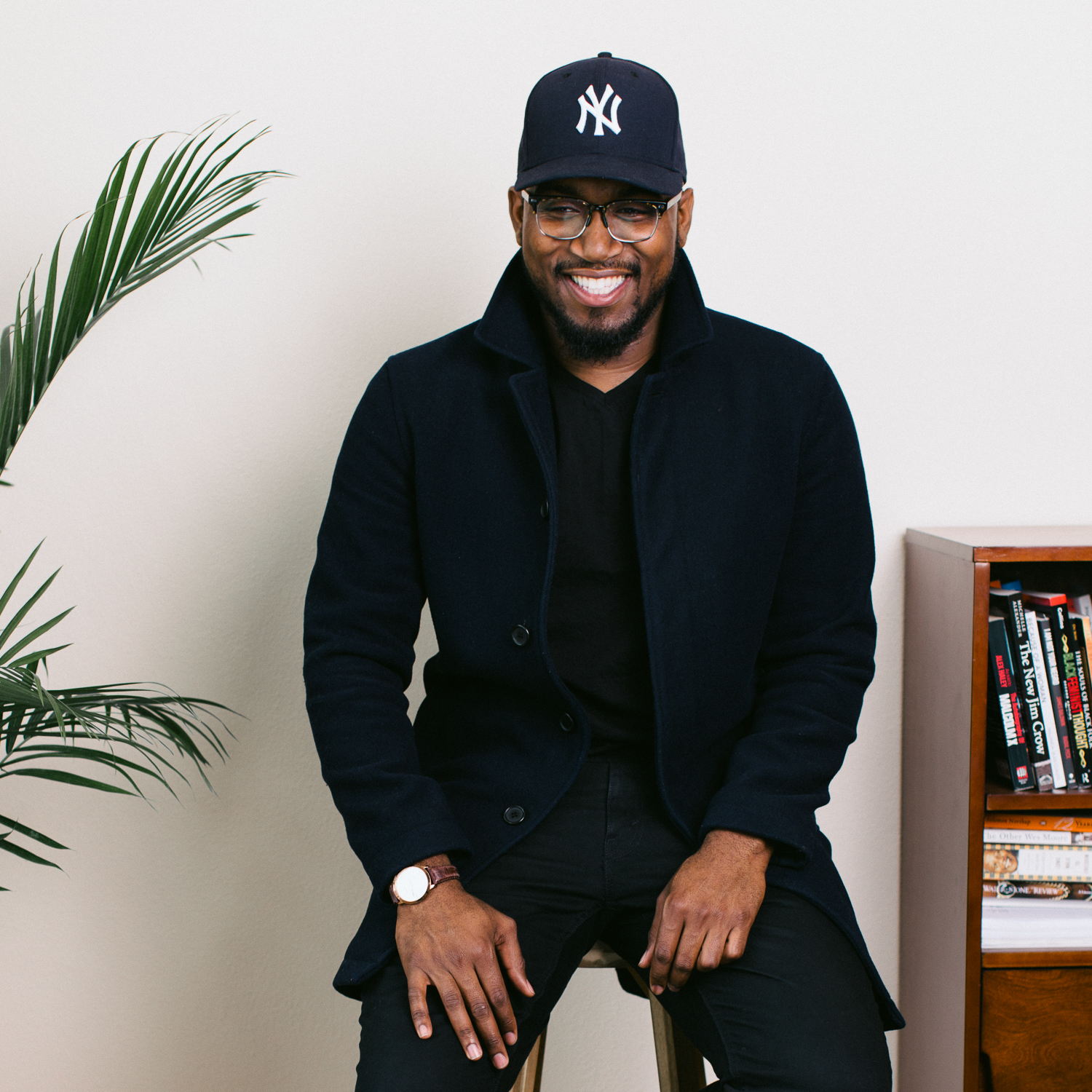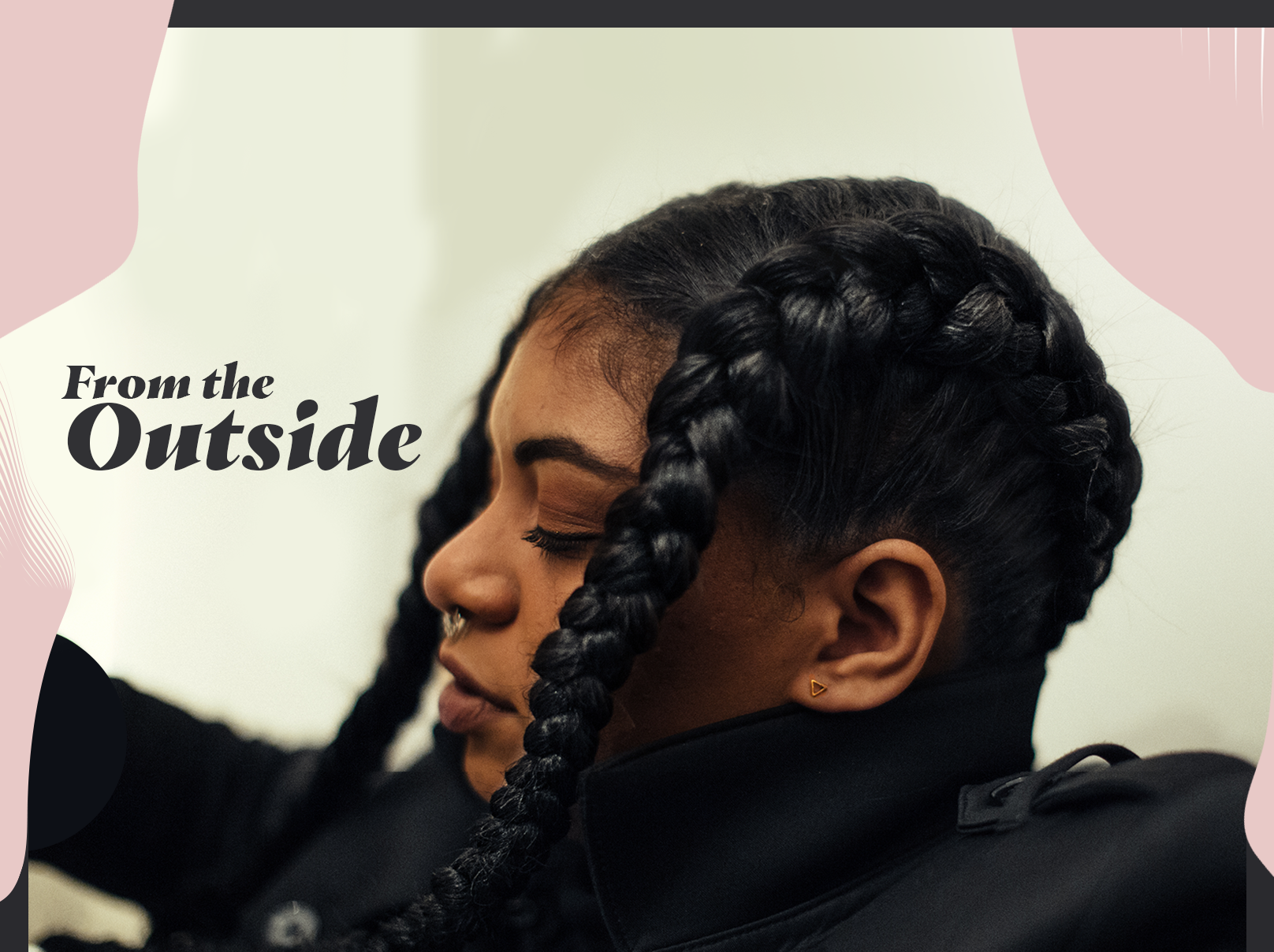
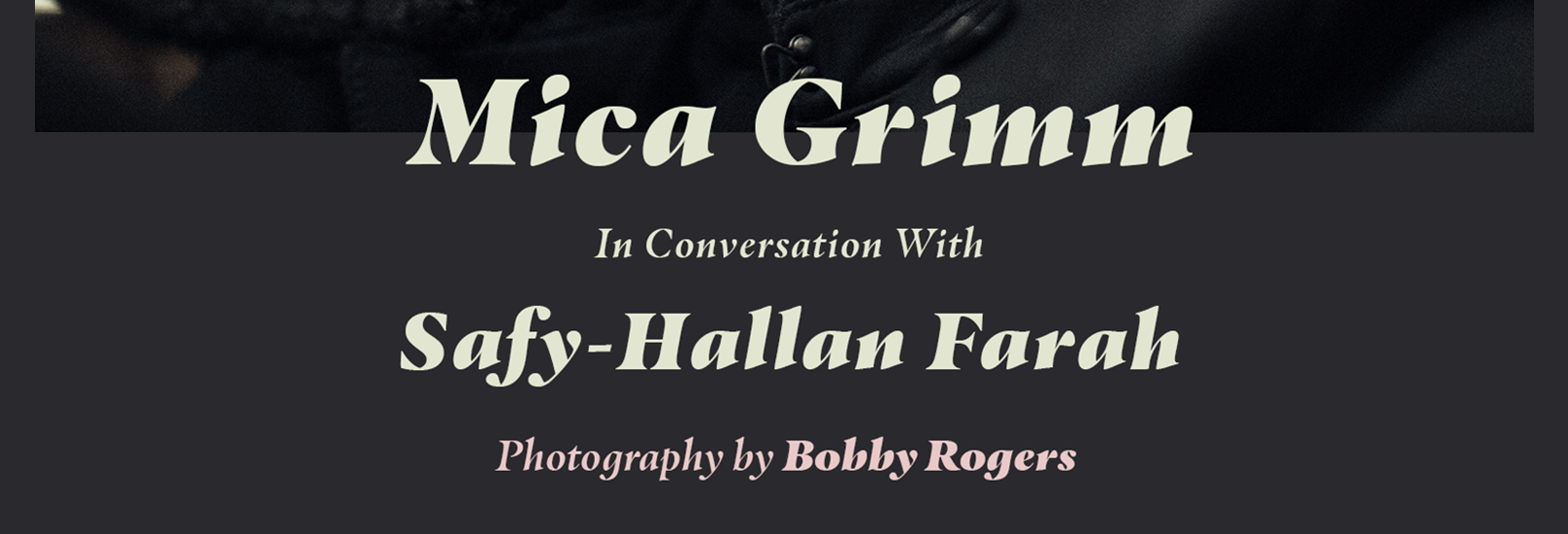

Activists and organizers are in a perpetual state of burnout from trying to engage said politicians who are more concerned with their vanity and bludgeoning their opponents than serving the greater Twin Cities community. Artists are required to pontificate about their identities in quasi-academic language to legitimize their existences to white institutions. And while many from all three camps work in tandem to produce favorable outcomes for the Twin Cities, there are the ones wringing out, like a wet cloth, whatever social and political currency they can from the optics of being seen as a particular occupation or identity. But Mica Grimm, the 28-year-old BLM Minneapolis Founder, DJ and it girl, stands out from the Lake Wokebegone masses by being herself. She creates her own activist blueprint as she goes.
Our untidy social and political upheavals—as we fumble toward a future less entrenched in racism and unlearn so-called Minnesota Nice (what Mica Grimm refers to as “Sweet and Low, neoliberal racism”)—looks smoother than we give ourselves credit for on the national stage. We did, after all, elect Andrea Jenkins, the first African American trans woman in political office in the United States. We also elected Ilhan Omar, the first Muslim state representative in the United States. From our robust arts grants system to our generous refugee resettlement programs to leading the national conversation on Countering Violent Extremism, Minnesota is ahead of the rest of America, whether we admit it or not. And when it comes to the Black Lives Matter movement, we’ve galvanized one of the most culturally diverse populations in the country in pursuit of liberation, even shutting down the light rail during Super Bowl Sunday for accessibility concerns.

Mica, who started Minnesota’s Black Lives Matter chapter with two powerful artist-organizer comrades Adja Gildersleve and Brianna Brilyahnt Wilson on the night officer Darren Wilson wasn’t indicted for shooting and killing Mike Brown, has played a role in some of the disruption we’ve witnessed in Minnesota. She helped organize the shut down of Interstate 35W, a political action that, in true millennial fashion, could not have happened without the Internet, as most of the organizing took place via Facebook and Twitter. Long before the Internet, though, Mica, a South Minneapolis native born to a black mother and a white father, says she shuffled between two worlds.


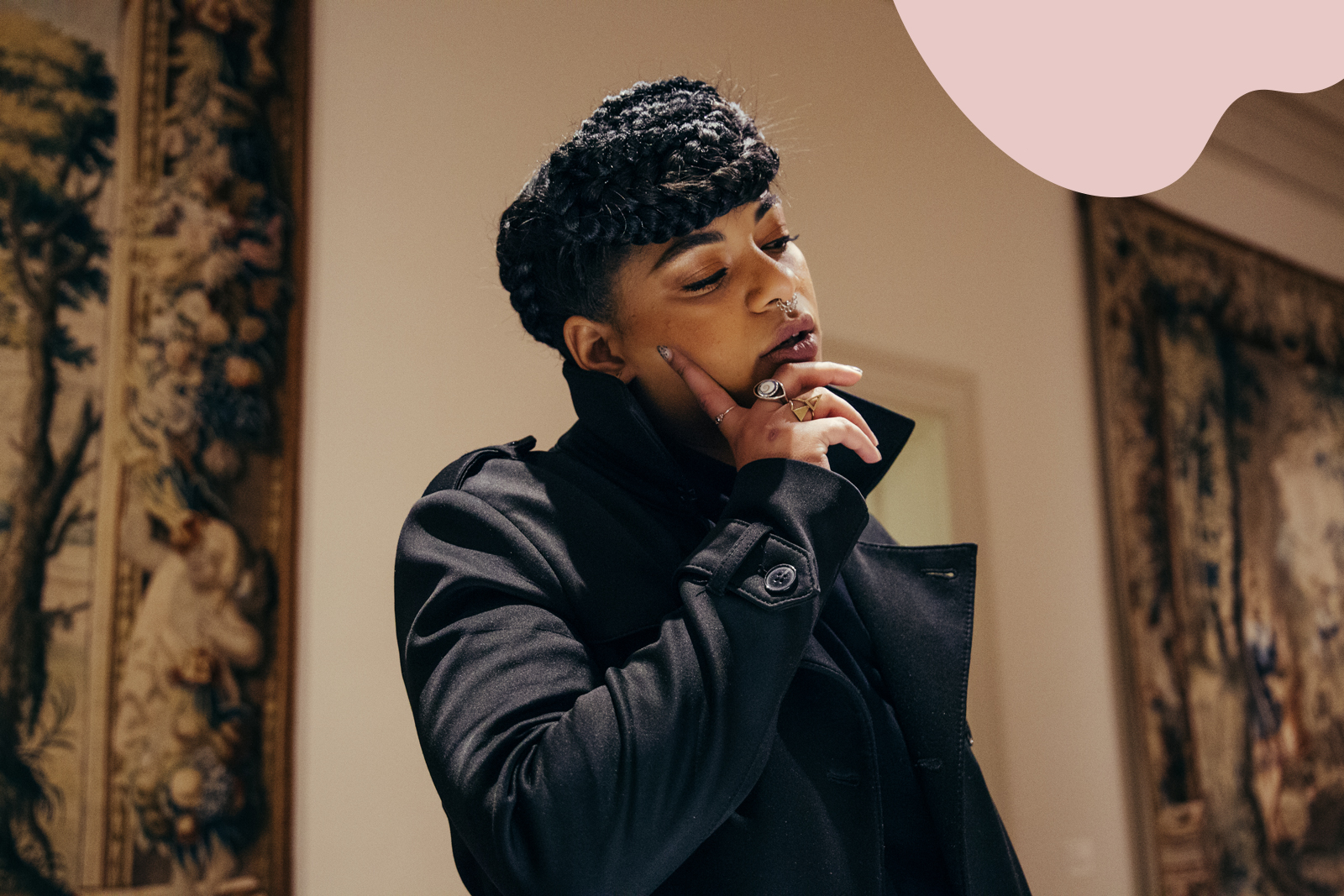
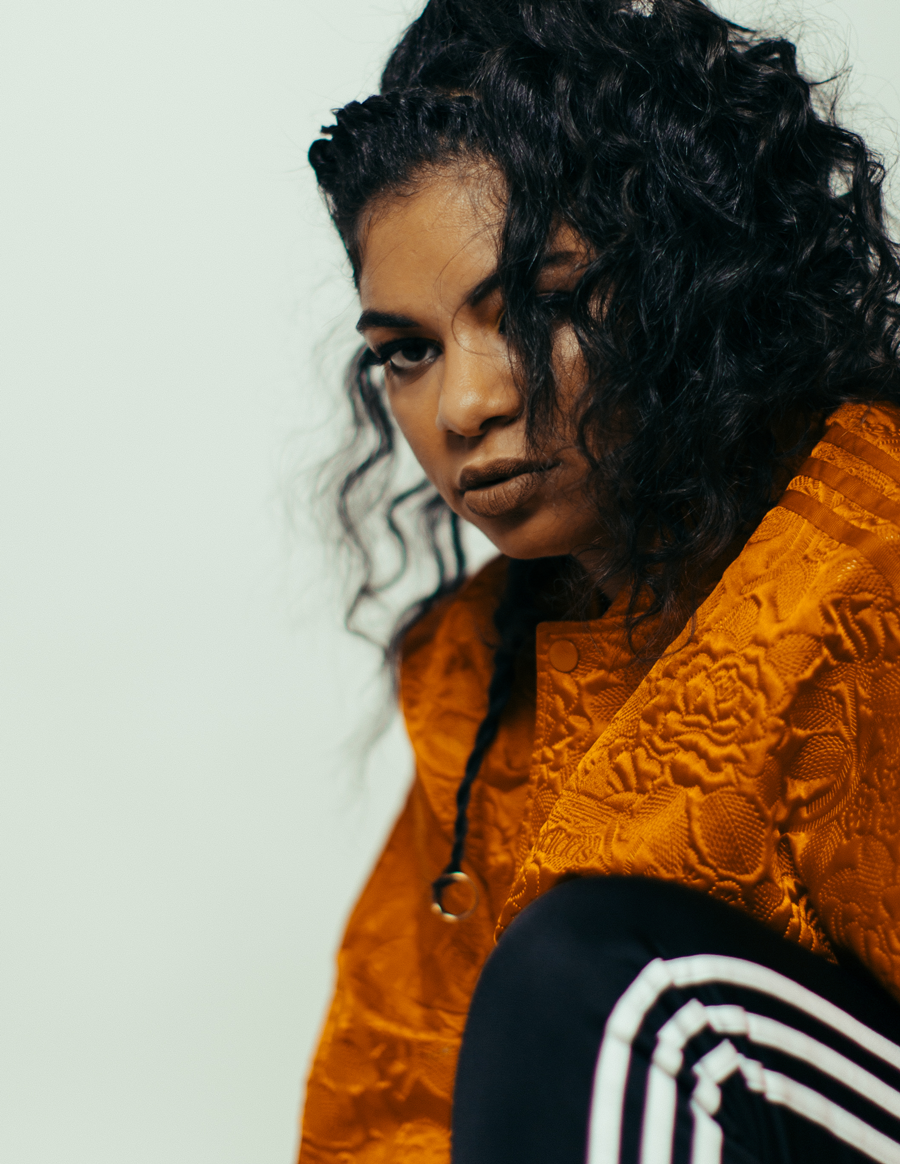
Mica’s awareness of injustice as something deeply illogical became onset as early as fifth grade at Kenny Elementary School, when George W. Bush was elected president for the first time in 2000. She wrote a school paper explaining why the electoral college and the popular vote is a farce, and the following year led a school-wide walkout to protest the invasion of Afghanistan. During college, Mica attended St. Scholastica, where she often felt isolated due to microaggressions and the ostracism of being heckled by over 200 white students during a freshman orientation for voicing racial sensitivity concerns.

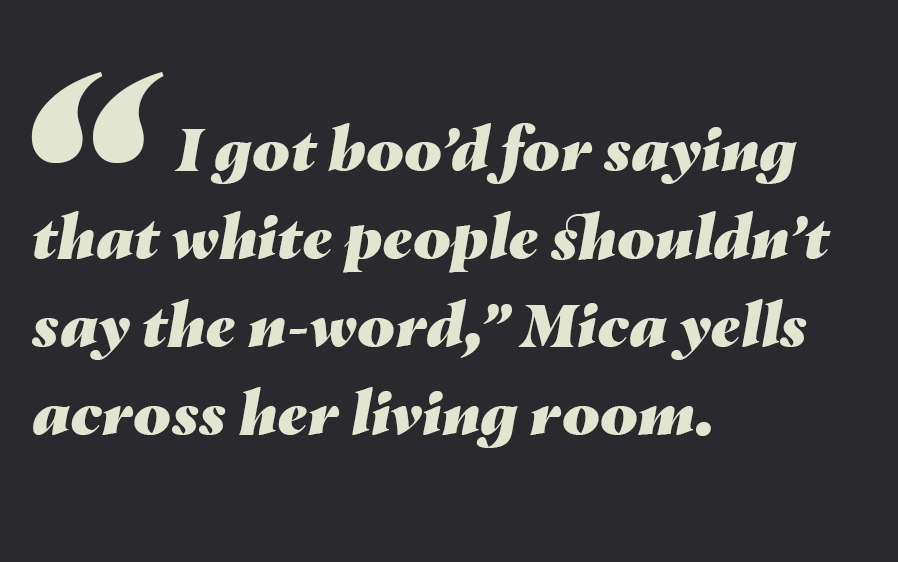
After that day, she locked herself in her friend’s apartment for weeks, and watched video after video of the Chappelle’s Show until she learned to laugh through the pain, which proved itself to be a handy skill when she moved back to Minneapolis to start organizing with Adja and Brianna in 2014.
“I operate with an outside-inside strategy, meaning I agitate from the outside and I build on the inside. Most people don’t operate like that. They pick one or the other,” Mica says, with her feet on the couch. “I agitate the system from the outside by protesting and things of that sort that create the urgency and then once the urgency is created I use that momentum to translate it into something that seems like wins that we need to have. You know what I’m saying? We need to have small wins. Wins have been very minuscule but they’re necessary to keep momentum and morale and all these things.”

In 2016, in the wake of the Philando Castile shooting in St. Paul, Mica Grimm and a group of city officials, activists and police officers from around the country were invited to the White House to meet with Barack Obama. Among them was DeRay McKesson, who is arguably the most visible figure in the Black Lives Matter movement for his oratory skills and strategic prowess and for the fact that he has a mandate from the people to lead, despite the fact that he is not an original founder of Black Lives Matter, the organization founded by Alica Garza, Patrisse Cullors and Opal Tometi. DeRay, who met Mica at an organizing workshop in Minneapolis right before the first Mall of America protest in 2015, recognized Mica as a clear leader even before they met with Obama.

“One of the reasons why we met with and continue to meet with people is because we believe that the truth has to be present everywhere, and that we know that part of sitting at the table is that we keep the door open, so in the first meeting with President Obama it was me, and Brittany Packet and a youth leader from the NAACP, and then the second meeting, which was the longest meeting, we tried to think of who was another protester who always tried to keep the truth present in every room, and Mica was so clear to me.” DeRay tells me over the phone. “One of the things about Mica that’s been true since the first time we ever met was that she has the ability to be very clear and to be concise and also to push people. People are used to confrontation being yelling— and that’s certainly one way that we do it, especially in the street—but people are not used to confrontation being cool and collected.”
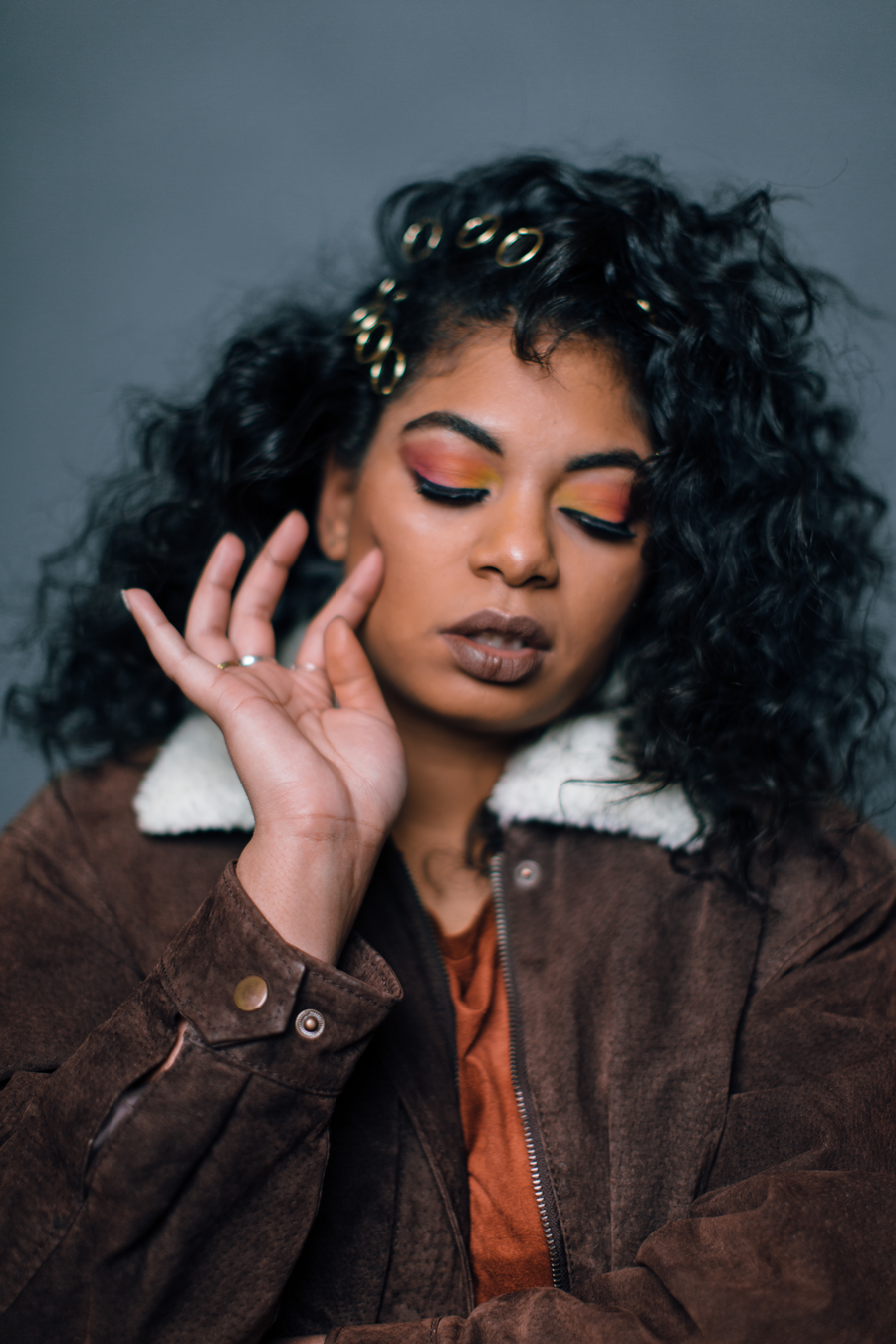
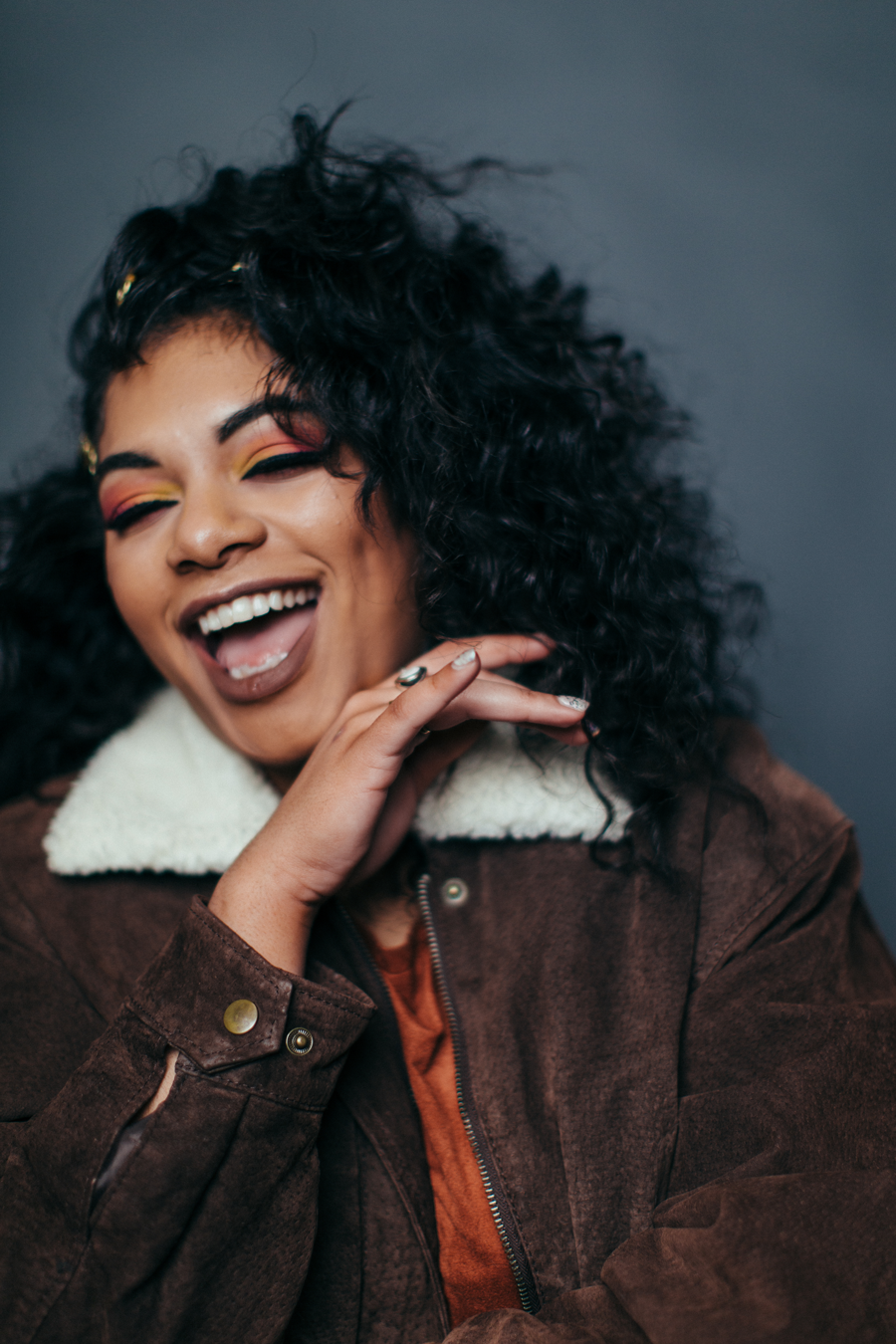
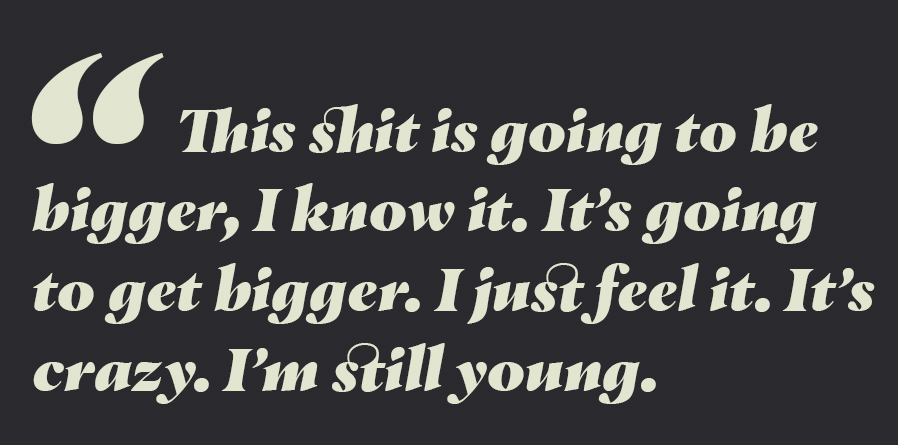
“I keep trying to tell myself that. It’s all going to come even though I have no idea how it’s going to unfold,” she says this with full conviction.
I believe her.
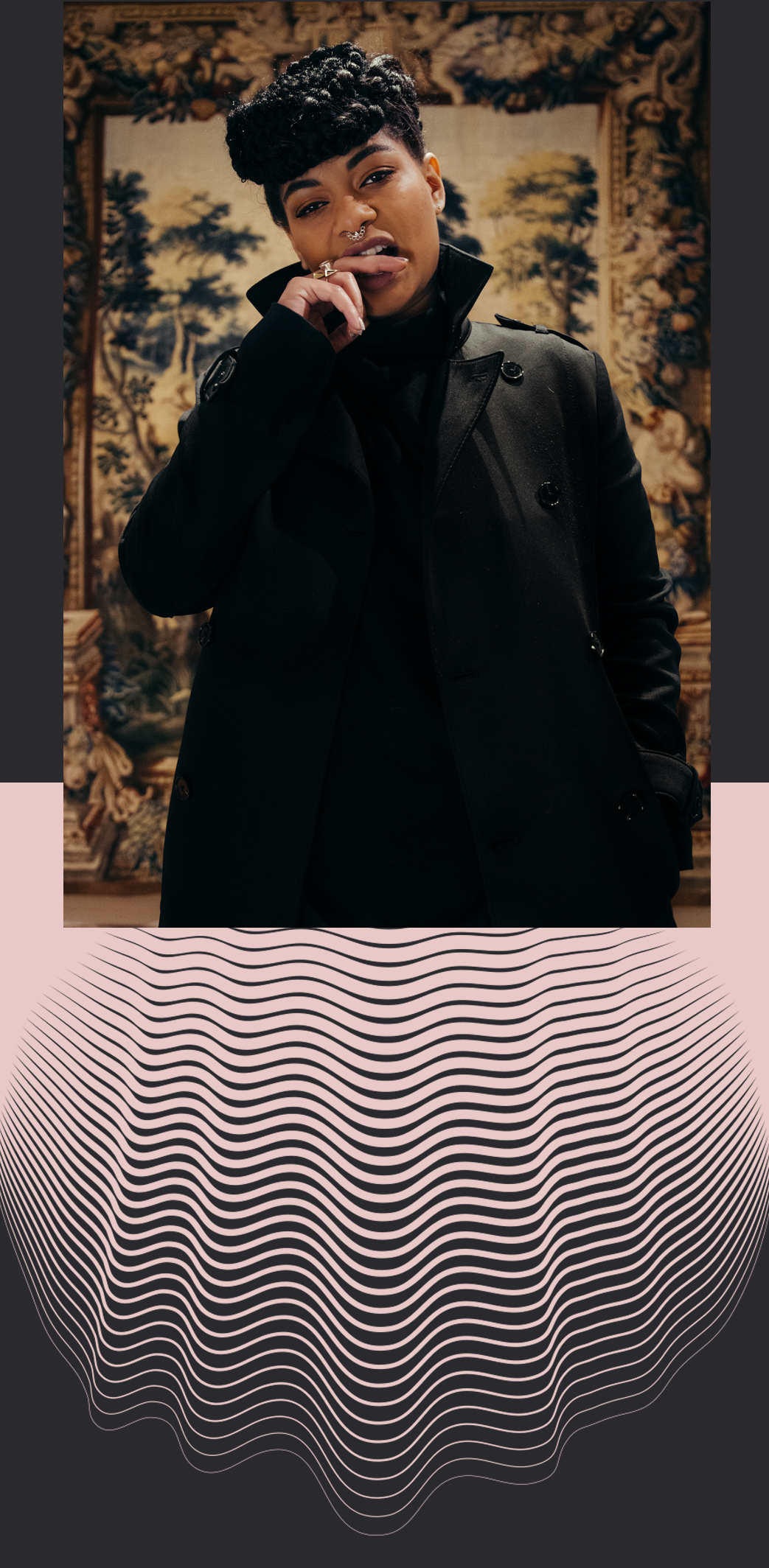
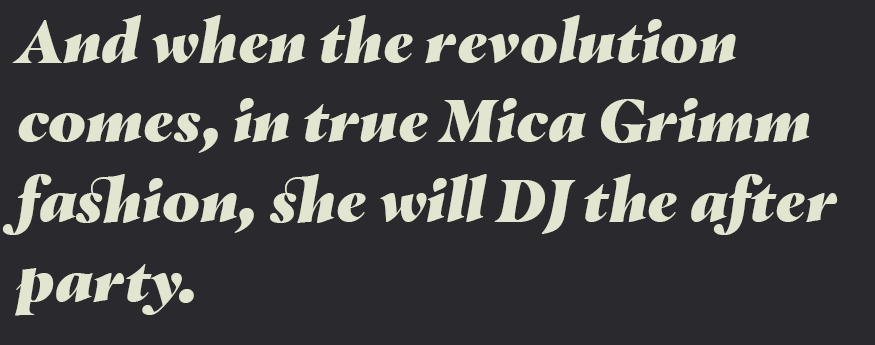

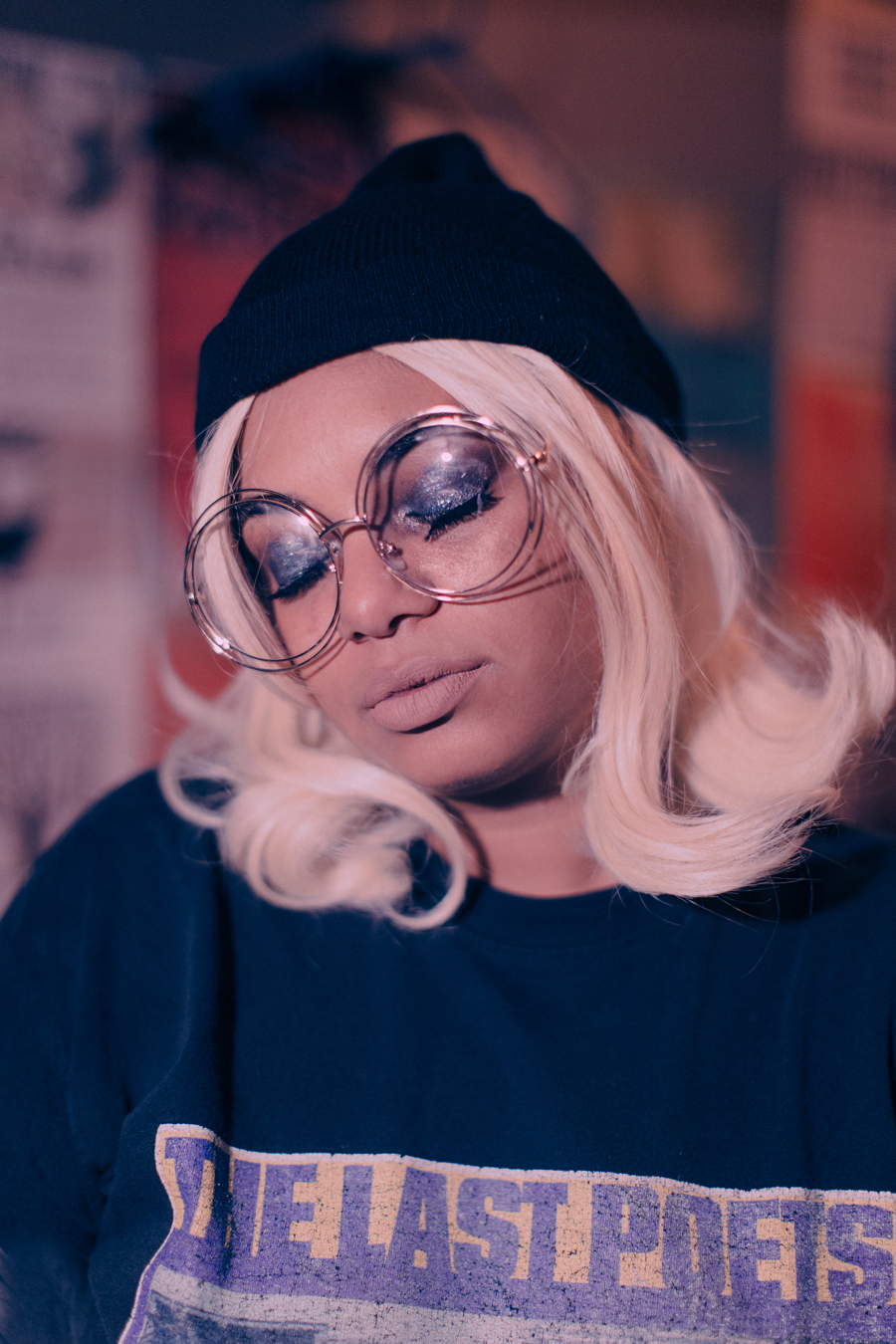
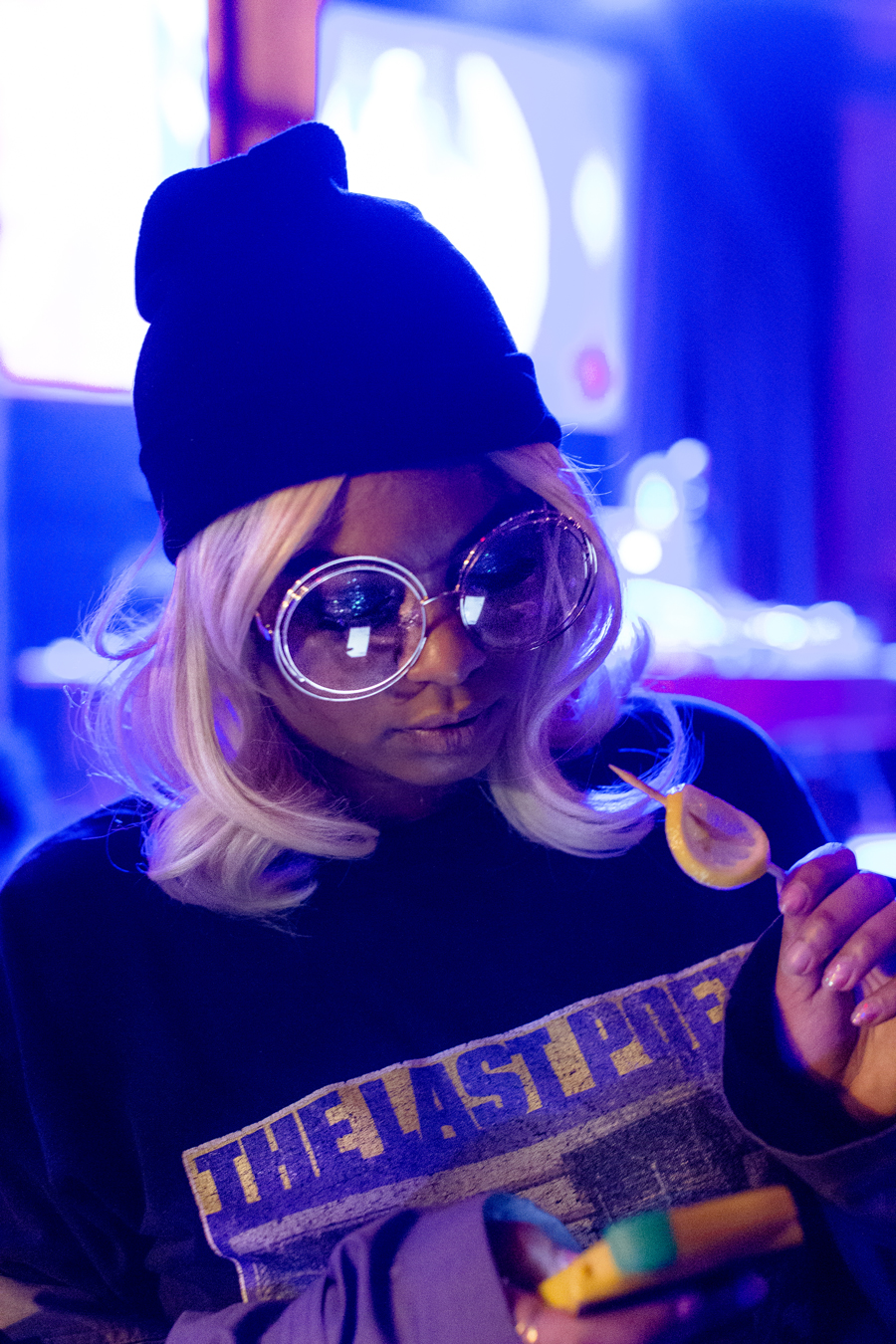

Contributors

